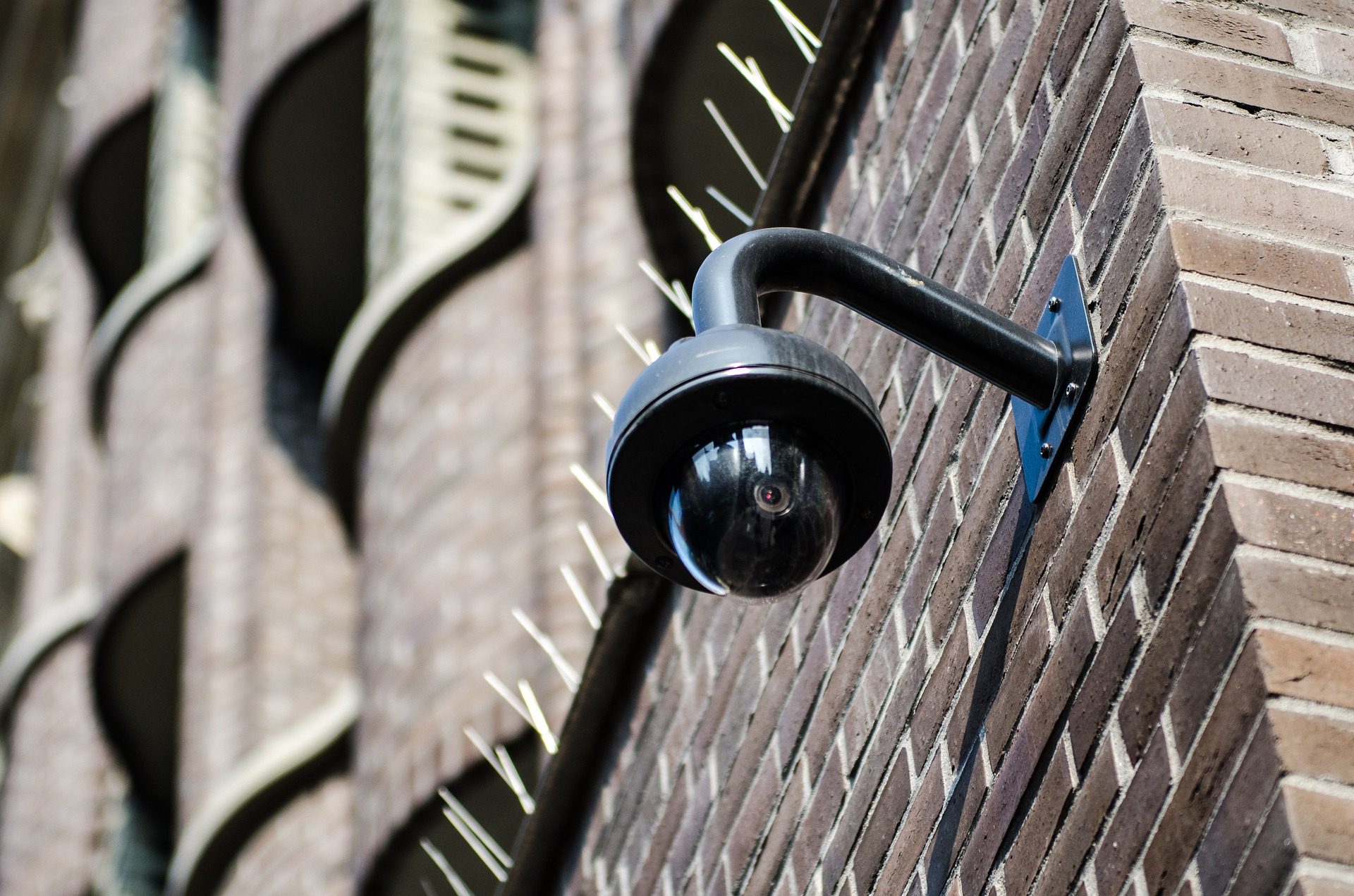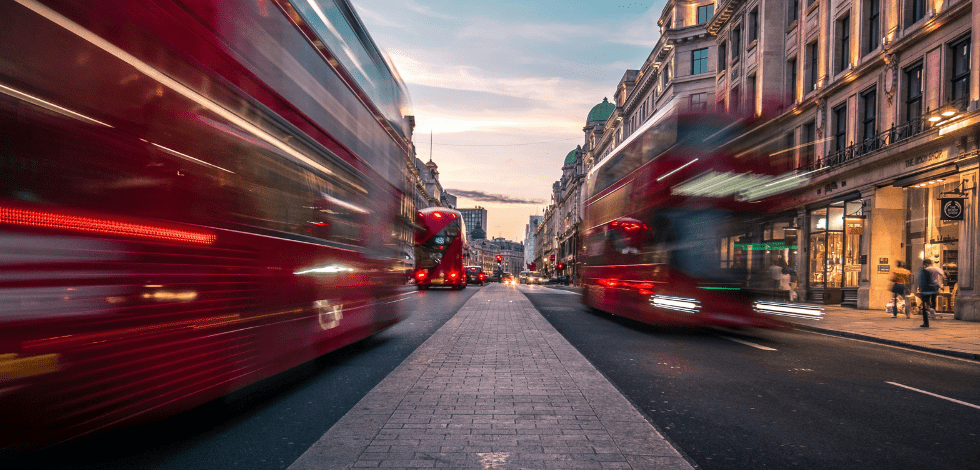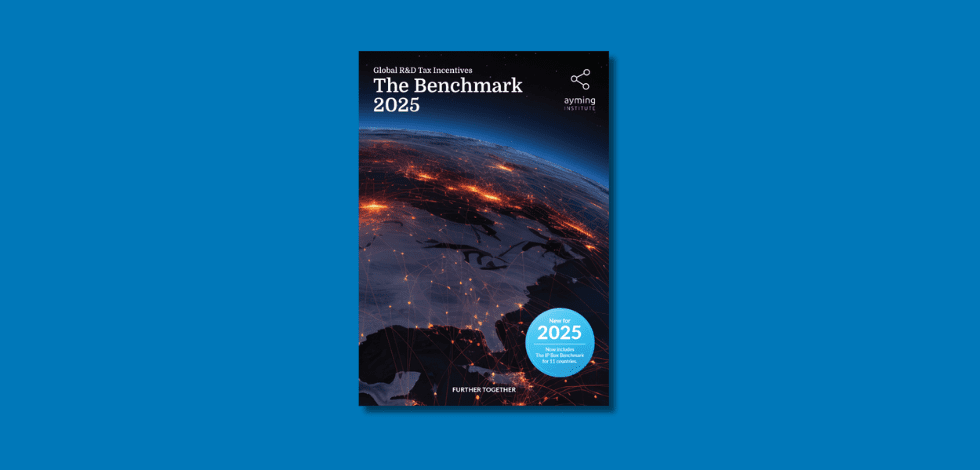It’s not always the newest technology that becomes the ‘next big thing’. Facial recognition software has been around for decades. But now this advancing technology is being harnessed in ways that could have a significant impact on many industries and society at large.
A facial recognition system is essentially a process of matching faces caught on video in real time with a database of previously stored images of faces – and details about their owners.
The software runs on a server or powerful PC, rather than on the cameras themselves. Any match triggers an action or an alarm, according to the software’s predetermined rules.
Recent advances in the accuracy of this matching process is a game-changer for the technology and its possible uses.

In the UK we are already living in one of the most surveilled nations in the world, with an estimated 5.9 million CCTV cameras, including 500,000 in London alone.
You may recall that following the 2011 riots in the capital, the huge volume of footage captured by cameras posed a practical challenge for the police as well as prompting controversy over privacy concerns.
The latest facial recognition technology removes the need for specially trained officers to trawl through thousands of hours of footage. Using the more powerful systems now available, police and security services could quickly analyse CCTV recordings to identify faces and track suspects, potentially across the world.
In Moscow 5,000 CCTV cameras have been equipped since September 2016 with facial recognition capability. The Russian equivalent of Facebook is used to match faces. When connected to the federal police database recently, the system soon led to the capture of six serious criminals.
In China, tech start-ups Megvii and SenseTime have used access to the government’s huge photo and ID database to refine their algorithms and develop cloud-based facial recognition services. SenseTime highlights the scope for monitoring people and their movements in real time in this video:
So far, the implementation of facial recognition software in the UK has been limited to a small number of trials by police forces, at major public events such as the Notting Hill Carnival. Before any national take-up parliament would have to strike a balance between individuals’ right to privacy and the public benefits in terms of protection and security.
As in China, the US and elsewhere, UK-based companies too are developing automatic facial recognition software.
AnyVision, based in Belfast, says it has developed algorithms capable of handling large numbers of faces in real time for applications at airports, across cities and at borders. The firm has more than 70 employees split between Belfast, Israel and New York.
Viseum, which is based in London, modestly calls itself the “world’s best CCTV security and surveillance company”. It boasts two software development labs as well as UK manufacturing facilities.
Others with an interest in the field include traditional security firms, such as ClearView, based in Essex, and Northampton’s Aurora CS.
The technology’s potential in commercial security applications is clear. Employees entering their office block no longer need to worry about losing their ID cards. Car and house keys could similarly be replaced.
We know clients are interested in systems that could seamlessly control access by contractors to large construction sites.
And the potential of the technology goes far beyond security. Could the construction and other industries use it to log employees’ time at work – not just for wages but also to monitor health and detect over-working?
A growing number of companies are recognising the opportunities to improve customer service. Whereas casinos can avail of automatic facial recognition to identify blacklisted gamblers, the systems may just as easily be used to trigger a tailored service for VIP customers in retail stores and hotels, for example. Facial recognition may supersede the loyalty card and even credit cards for payment. Personalisation of marketing could extend to reactive advertising billboards.
As algorithms learn through artificial intelligence to interpret customers’ facial expressions and behaviour, systems could monitor how people are feeling throughout the store and their response to product displays or even interior design and layouts. One response might be to dispatch a customer service or sales representative – or indeed, a robot – to help dissatisfied or prevaricating customers.
Will people see the same benefits of the technology that businesses do? In the public domain automatic facial recognition may have Orwellian overtones. But the wider deployment of effective facial recognition on smartphones (eg, the iPhone X) and on social platforms (eg, Facebook) is making the technology more familiar and acceptable in the commercial sphere at least.
The demand for ‘smarter’ technologies is ubiquitous across sectors and will spur ongoing investment in research and development in this area.
Given the potential benefits of applying this technology in business and everyday life we expect more companies to share in that recognition.
#FutureTech
The FutureTech Series explores emerging technologies that are transforming industries, and will impact the way we lead our lives in the future. Using the Timeline of Emerging Science and Technology, developed by Imperial College academics, Ayming UK’s innovation experts discuss the disruptive technologies of the Present, the Probable, and the Possible.















No Comments